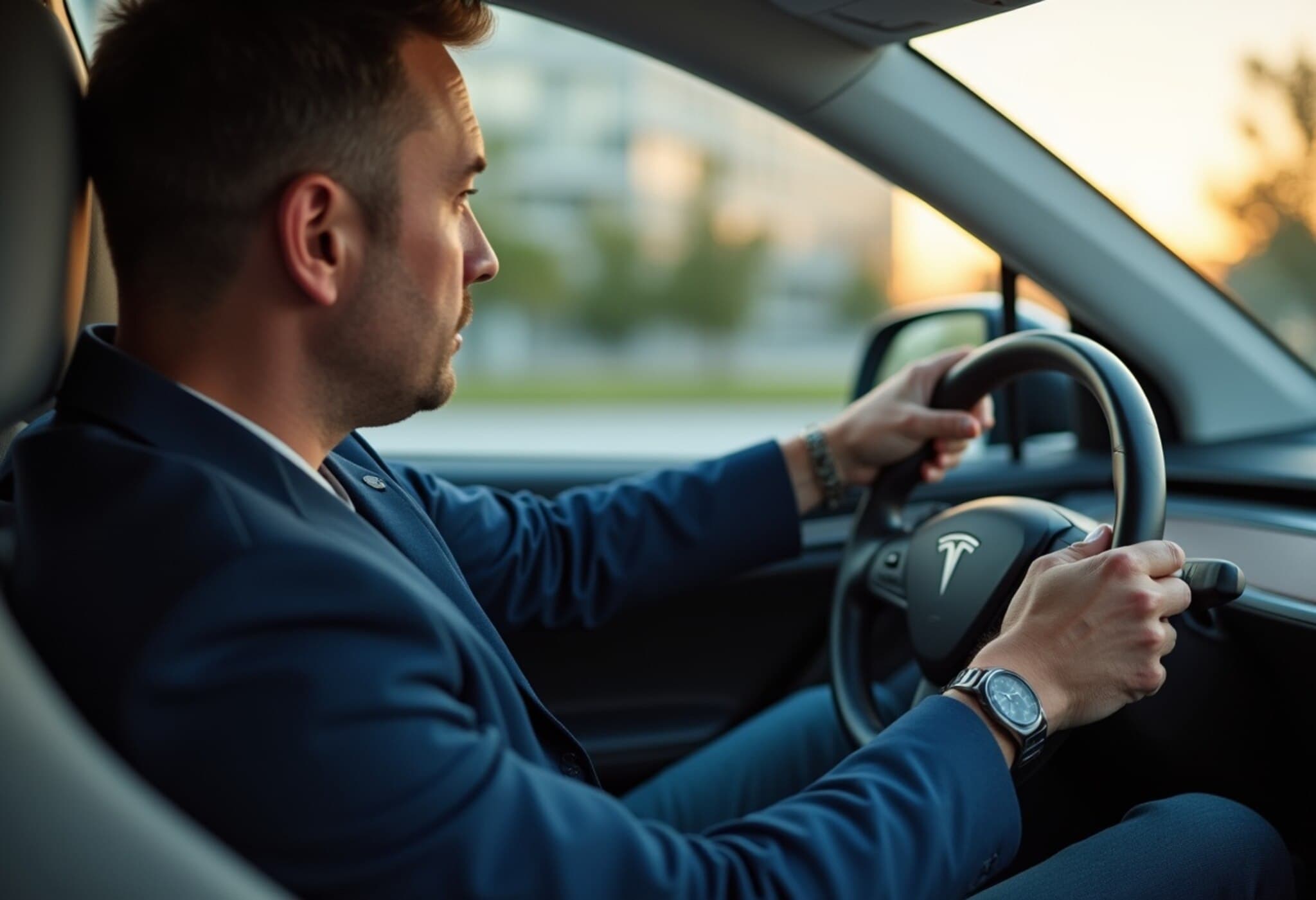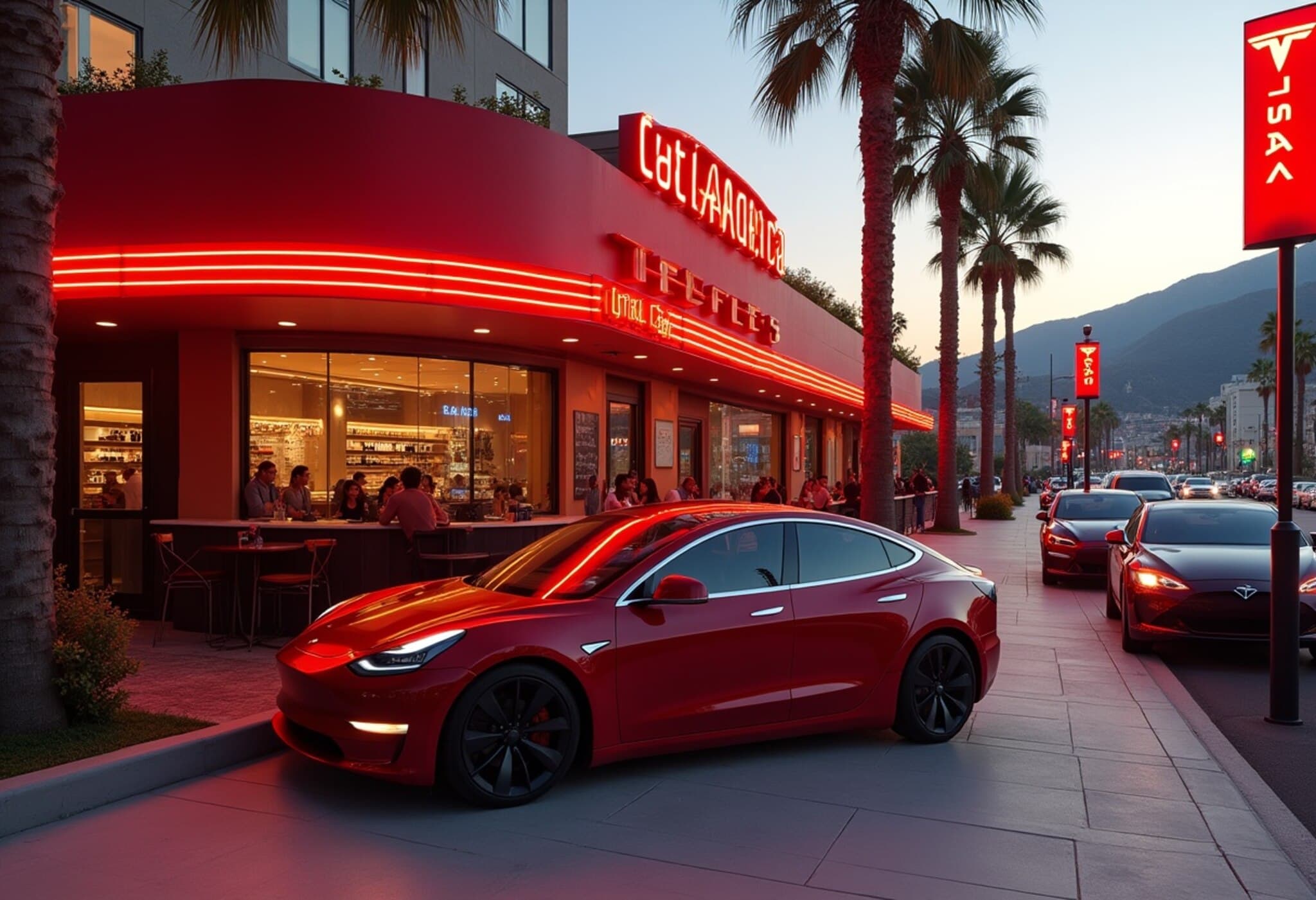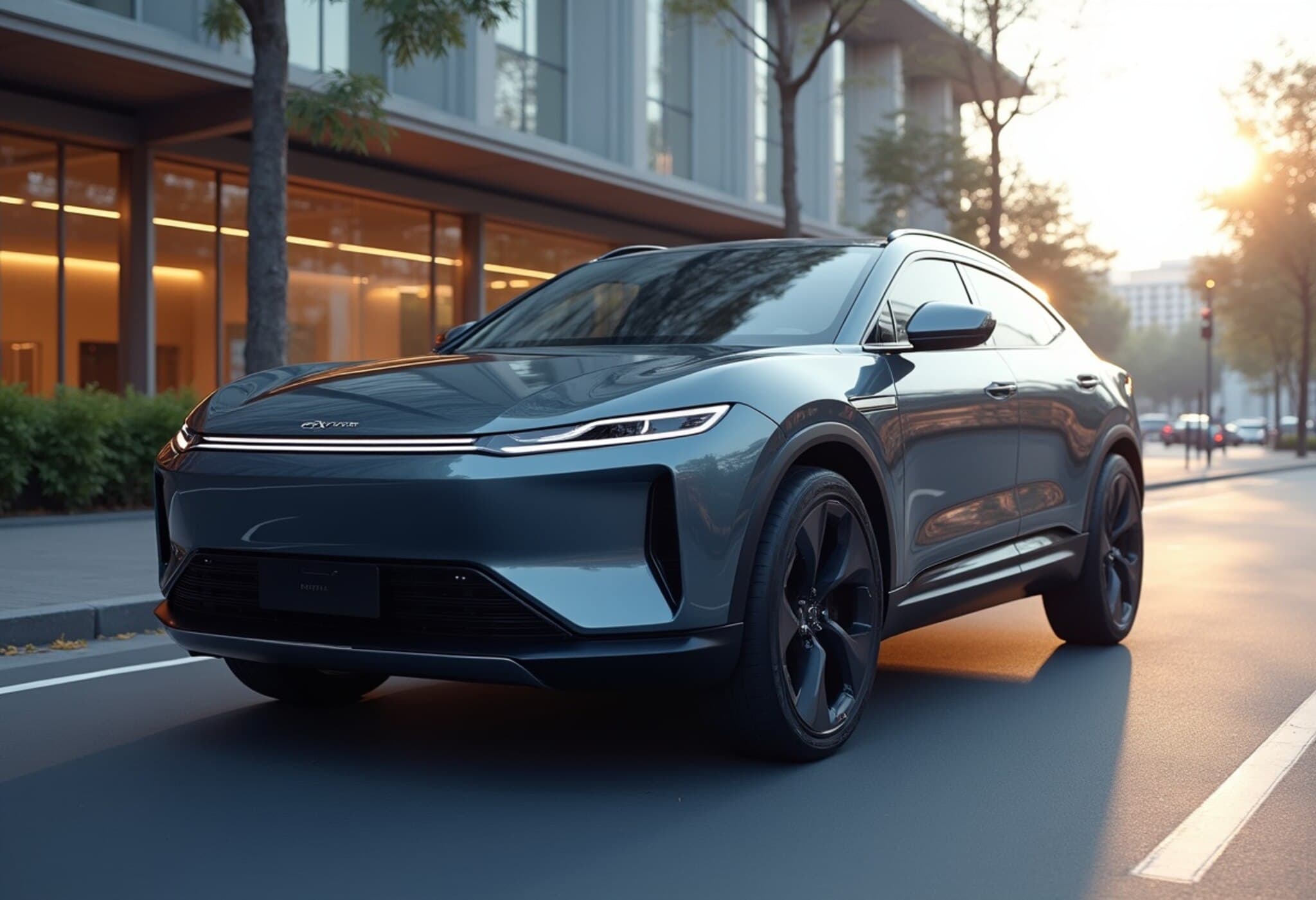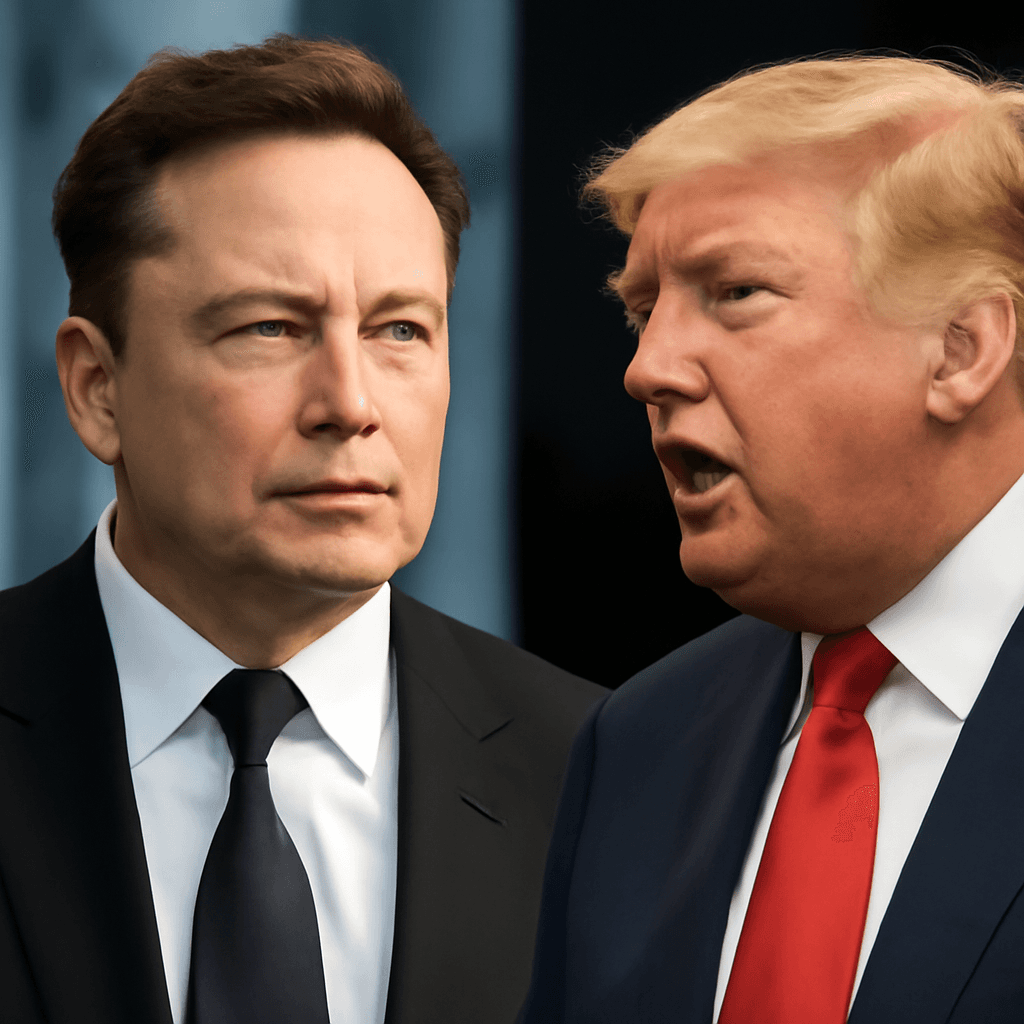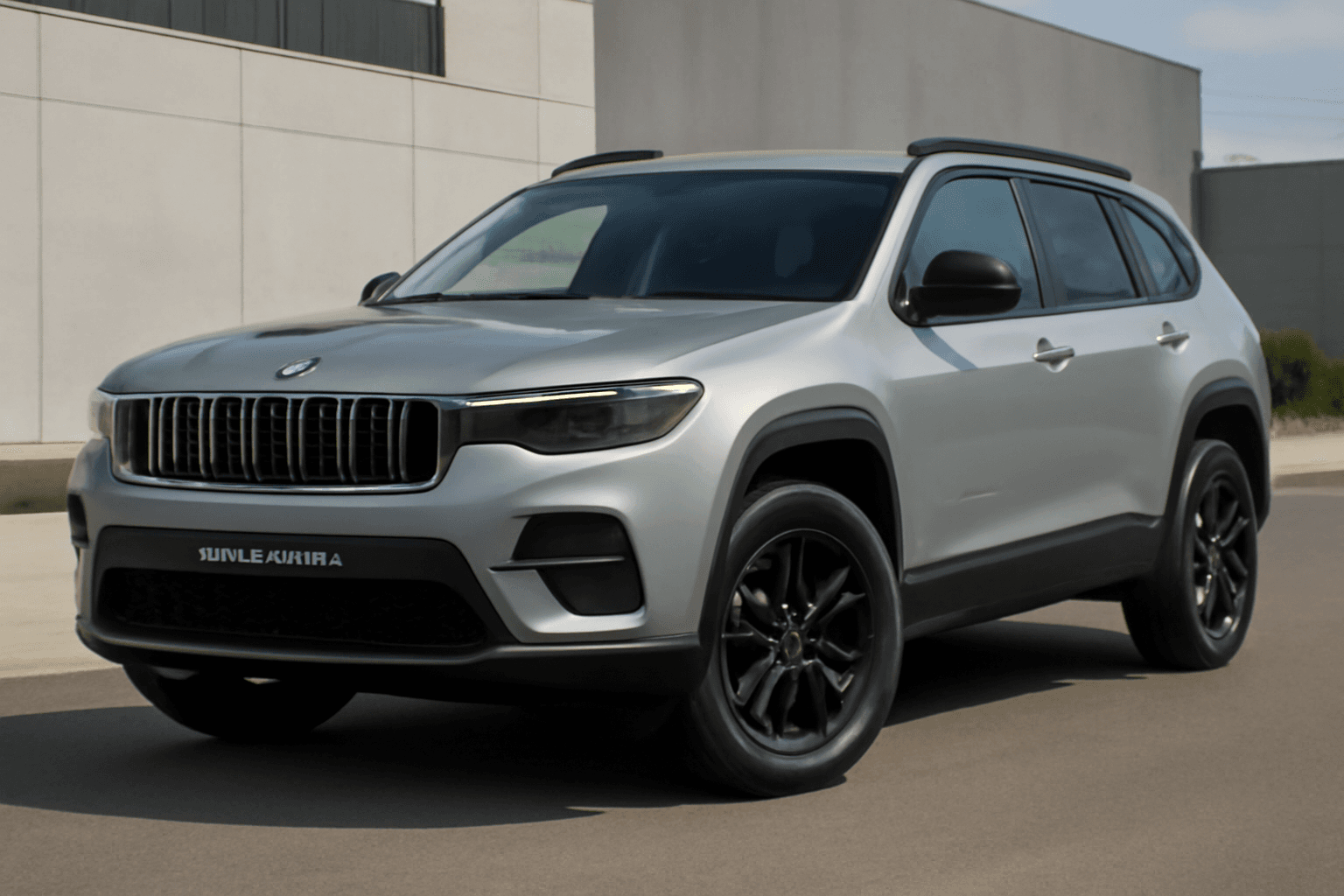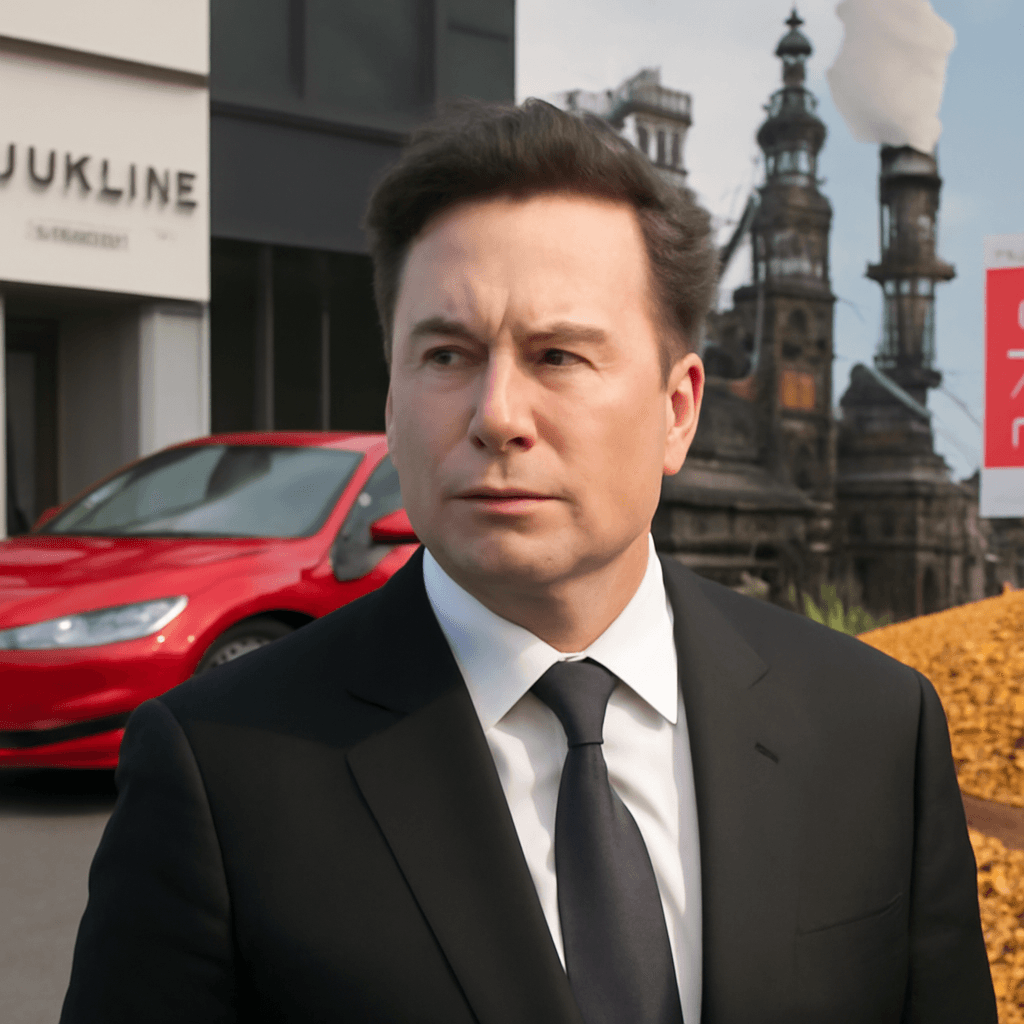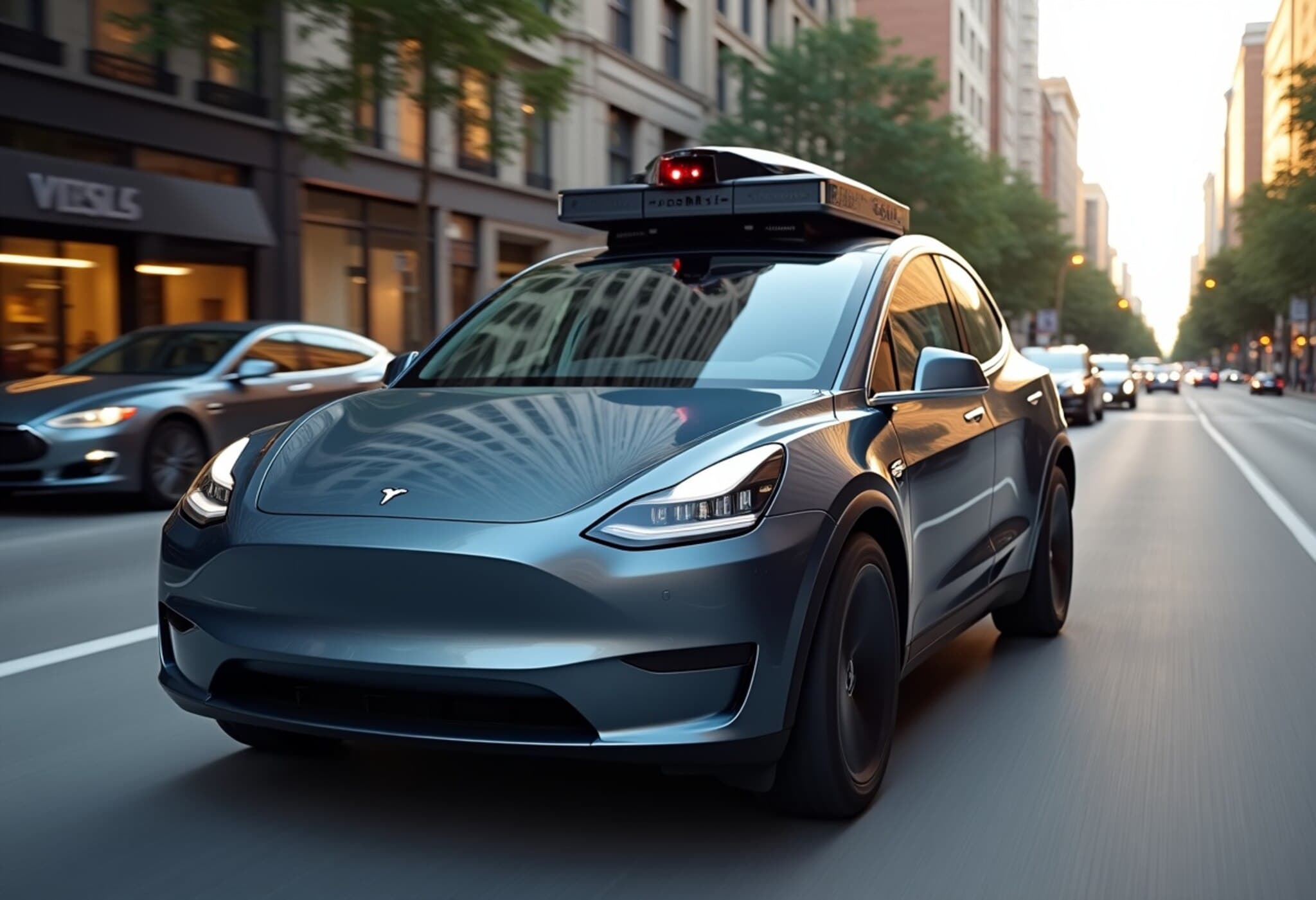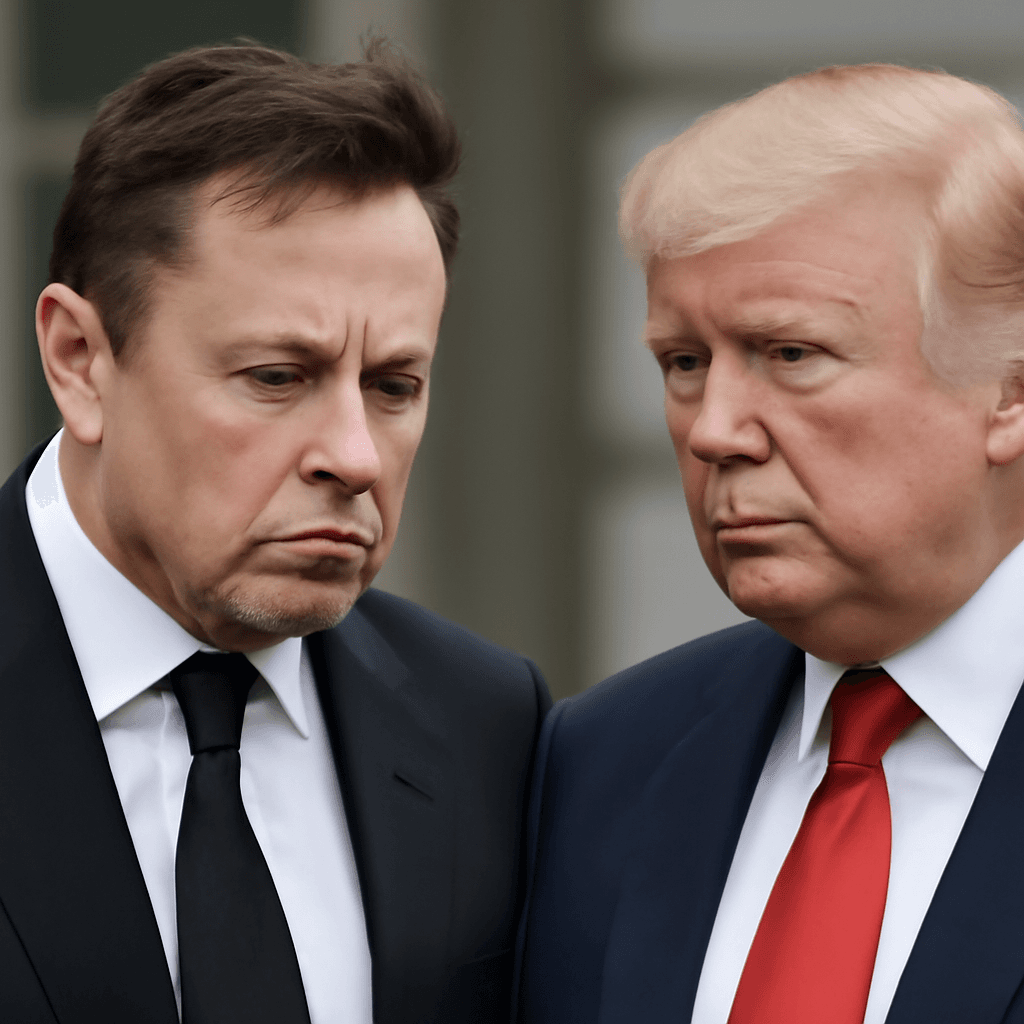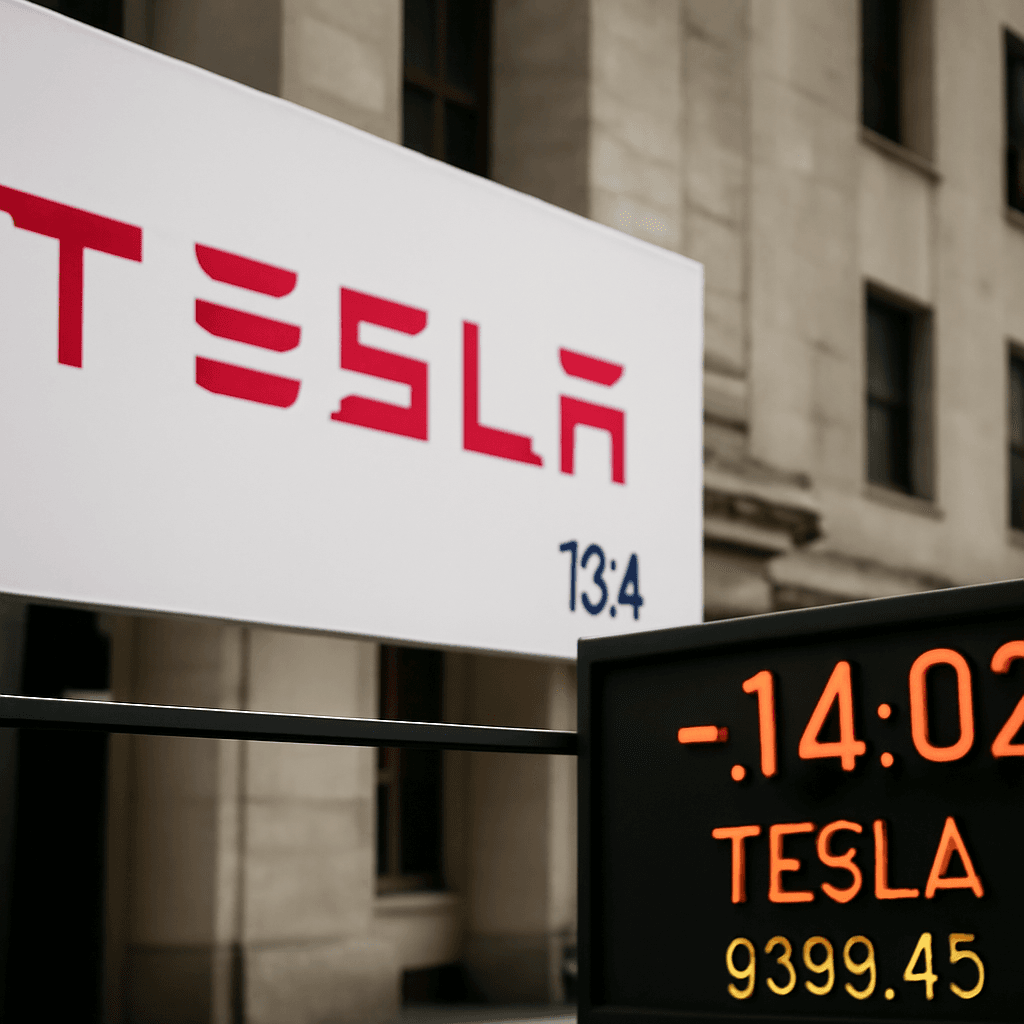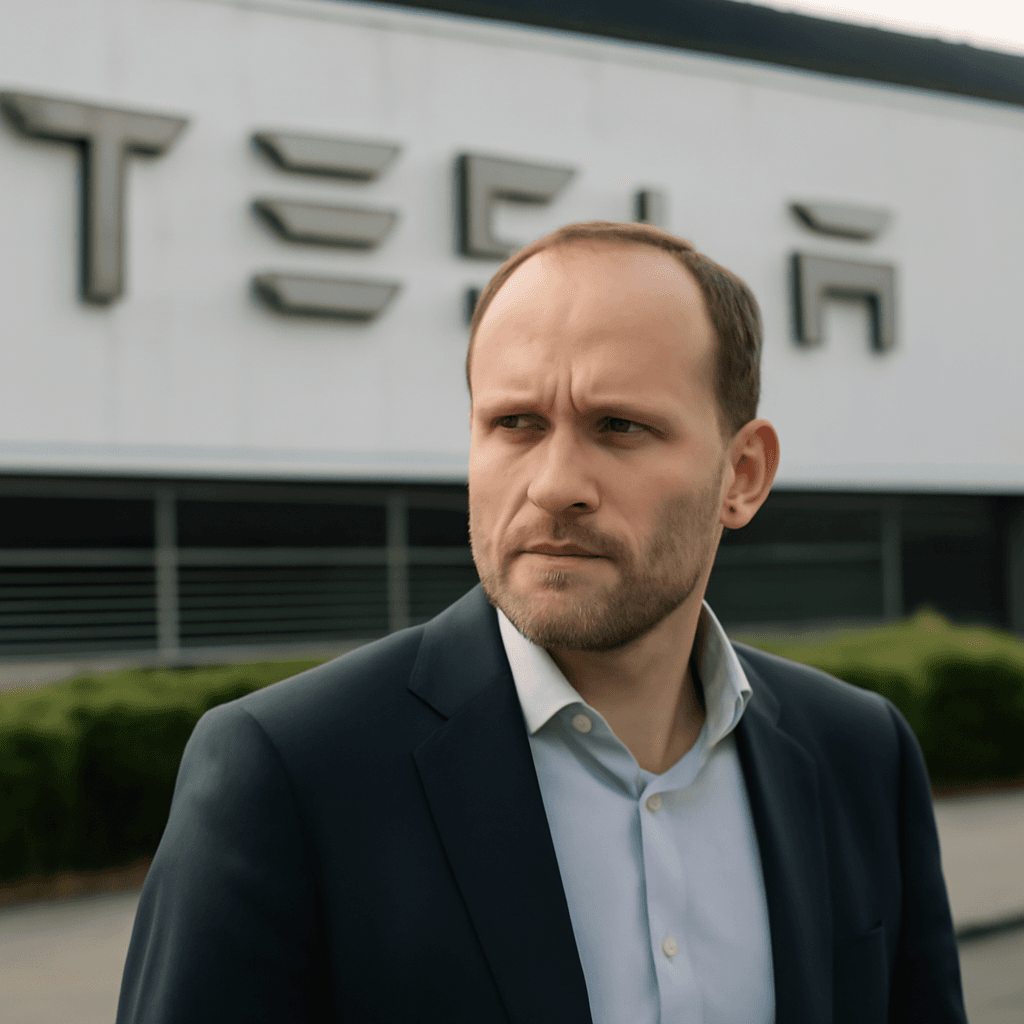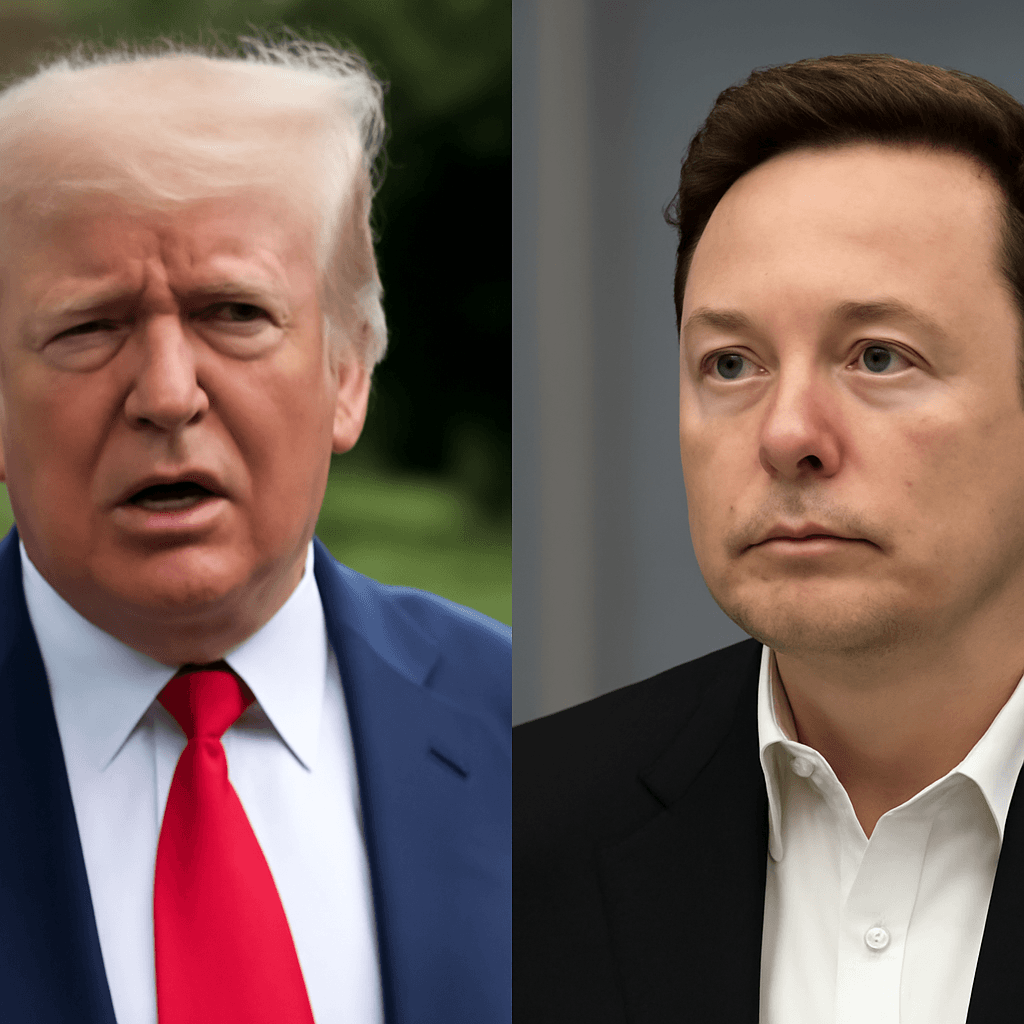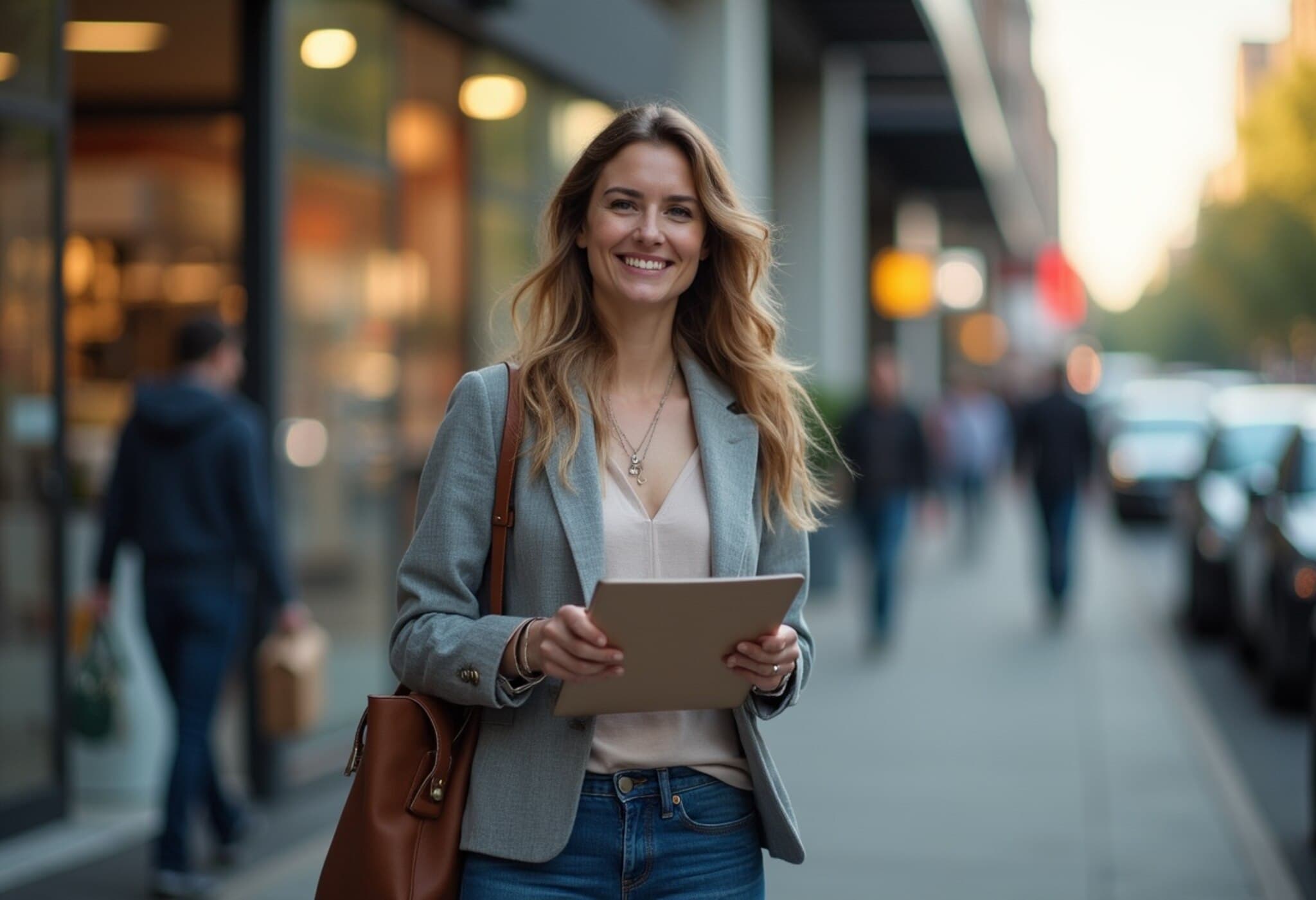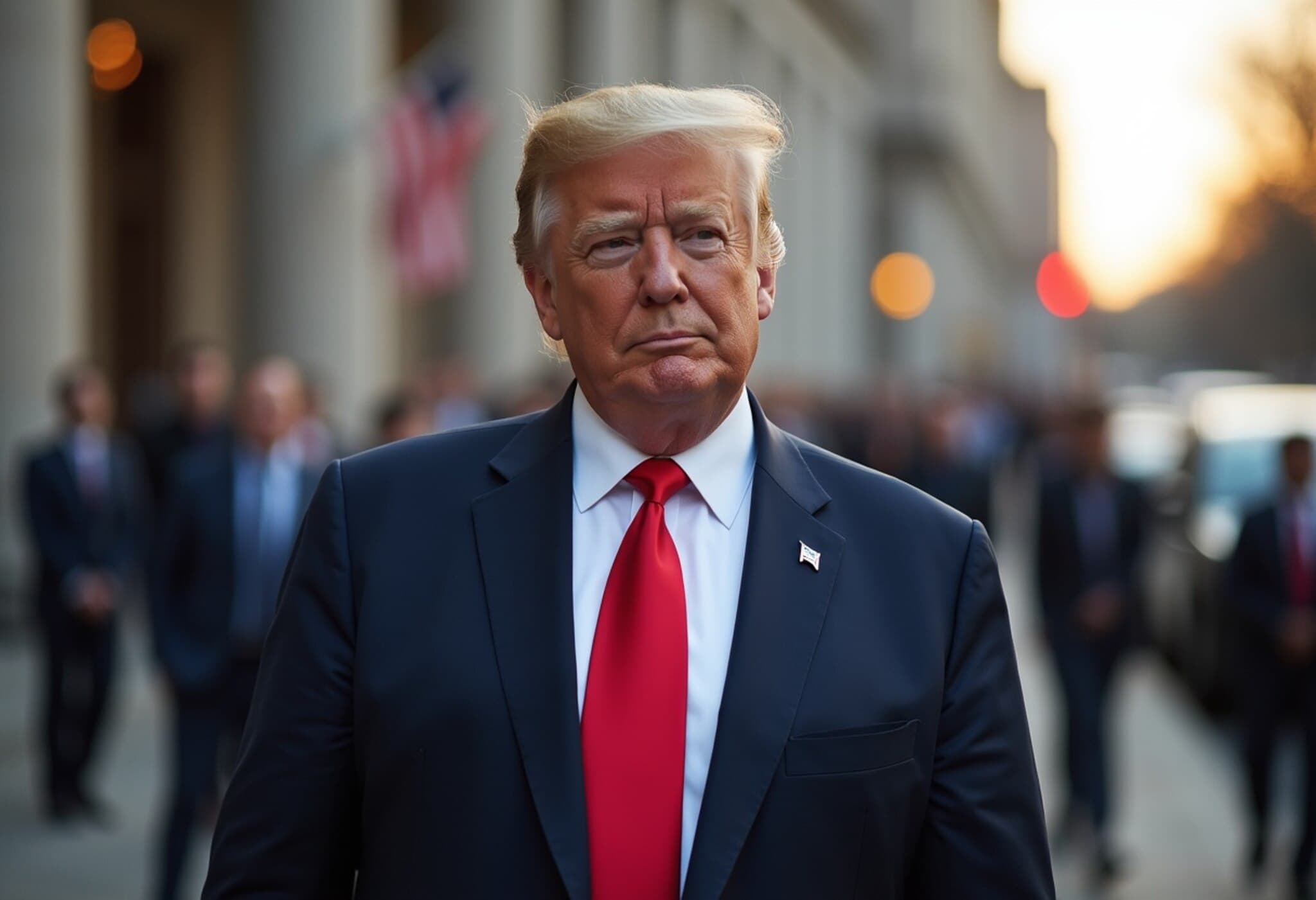Elon Musk’s Influence Felt in Miami Jury Selection for Tesla Autopilot Lawsuit
Though Tesla CEO Elon Musk was absent from the Miami courtroom, his presence was unmistakably felt as jury members were chosen for the civil trial centered on a fatal 2019 crash involving a Tesla Model S operating in Autopilot mode. The case marks a significant milestone as the first lawsuit against Tesla related to a deadly incident involving its partially autonomous driving system to actually reach trial.
Jury Grapples with Preconceived Notions About Musk and Tesla
During jury selection, several potential jurors openly acknowledged challenges in setting aside opinions about Musk. One candidly confessed, “Anything that involves Elon Musk is very hard for me.” Another expressed doubts about impartiality due to perceptions of Tesla’s ethics and its ties to government entities.
Tesla attorney Thomas Branigan addressed the panel directly: “It’s hard to hear the name Elon Musk and not have a view, positive or negative.” He emphasized that the case concerns the tragic crash, not Musk’s persona, yet acknowledged Musk’s inextricable link to the company’s image and operations.
- Three prospective jurors admitted their opinions on Musk would impair impartial judgment and were excused.
- Others expressed personal views but believed they could fairly assess the evidence.
- Ultimately, the jury was composed of six women and three men tasked with deliberating the case’s facts.
Case Background: The Crash and Legal Claims
The lawsuit was brought by the family of Naibel Benavides, who lost her life as a pedestrian in the accident, and her boyfriend Dillon Angulo, who sustained severe injuries. The driver, George McGee, is not part of the trial, having reached a prior settlement.
The plaintiffs contend that the Autopilot feature was inherently unsafe and defective, contributing directly to the deadly collision. This lawsuit adds to a growing number of legal challenges Tesla faces concerning its Autopilot and Full Self-Driving (FSD) systems, which automate portions of vehicle control but still require active driver supervision.
Tesla’s public portrayal describes Autopilot as an “advanced driver assistance system” enhancing safety and convenience, while FSD promises near-complete automated driving under user supervision. Controversies and skepticism surrounding the technology’s real-world limitations persist, especially following high-profile incidents.
Opening Statements: Conflict Over Responsibility
Plaintiffs’ lawyer Brett Schreiber set a tone emphasizing Tesla’s accountability, accusing the company of ignoring warnings prior to the crash. “Was it the Silicon Valley ethos of moving fast and breaking things?” he asked, alluding to a corporate culture that may prioritize innovation speed over safety diligence.
He did acknowledge driver error: “The driver was careless, distracted, on his phone, and traveling around 60 mph when he struck my client.” Yet Schreiber argued this negligence occurred against a backdrop shaped by Tesla’s system shortcomings, which allegedly fostered risky conditions.
The plaintiffs suggest a “shared responsibility” framework where Tesla’s shortcomings in Autopilot technology contributed to the crash, despite the driver’s failure to maintain adequate attention.
Schreiber also highlighted controversial public statements by Musk promoting Tesla’s sensor system as “superhuman” and overall vehicle safety, framing these portrayals as part of what could be misleading optimism in the company’s messaging.
Tesla’s Defense: Driver Error Over System Failure
In response, Tesla maintained that the evidence clearly points to driver distraction — specifically searching for a dropped cell phone while accelerating and overriding safety systems — as the root cause of the accident. The company asserted that no existing crash avoidance technology in 2019 could have prevented this tragic event.
Tesla emphasized that the crash “had nothing to do with Tesla’s Autopilot technology” and praised the driver’s acceptance of responsibility, distancing the automaker from direct fault.
The Broader Implications: Autonomy, Responsibility, and Regulation
This trial unfolds amidst heightened scrutiny of autonomous vehicle technologies and regulatory pressures in the United States and abroad. It raises critical questions about:
- Where liability rests when advanced driver assistance systems are involved in crashes.
- How companies like Tesla communicate technological capabilities versus limitations, shaping public understanding and expectations.
- The need for robust government oversight and safety standards balancing innovation with consumer protection.
Moreover, Musk’s high-profile role in national politics and recent federal initiatives inject an additional layer of public attention and politicization. His reputation and influence may complicate jurors’ impartiality, illustrating the challenge courts face when corporate leaders become household names beyond their business ventures.
Editor’s Note
The Tesla Autopilot fatality trial represents more than a courtroom dispute—it is a litmus test for the future of semi-autonomous driving technology and corporate accountability. As Musk’s star power overshadows the proceedings, the legal system must focus squarely on the facts, safety standards, and shared responsibility between technology providers and human operators. Readers should watch closely how courts balance innovation with regulation, and how narratives around responsibility evolve amid growing reliance on automated systems.
How will this verdict influence the development and adoption of autonomous vehicles? Will it prompt clearer government standards or shift corporate messaging strategies? These questions remain at the heart of an industry racing toward an uncertain but transformative future.

